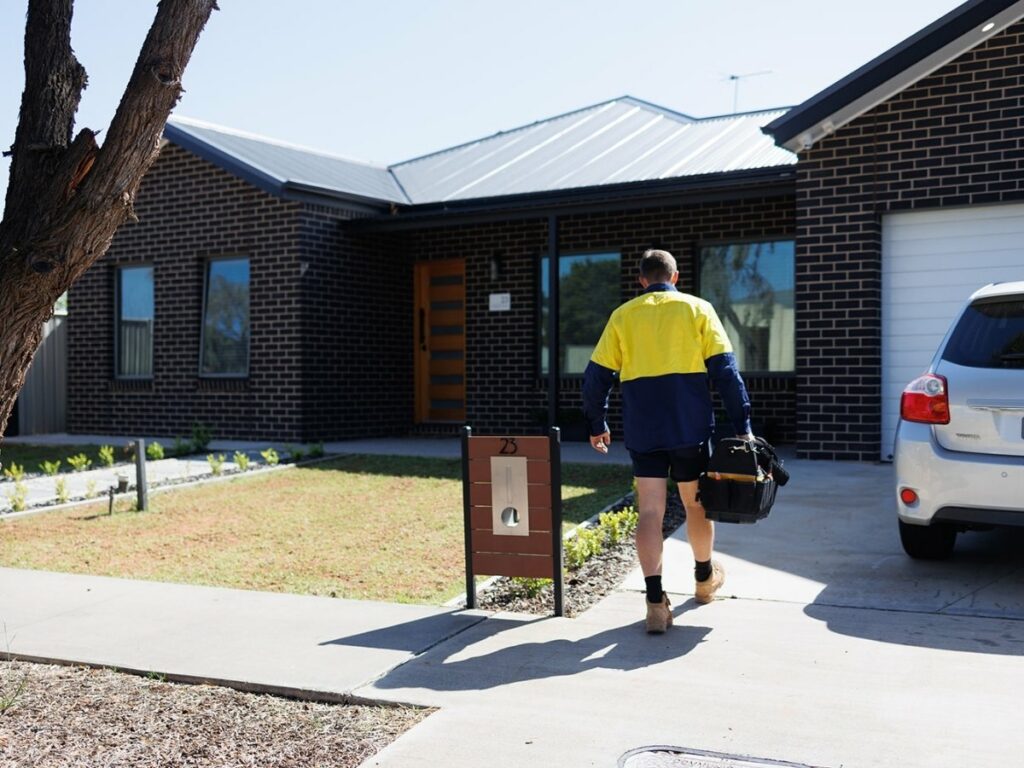Differences Between CAT5e and CAT6 Cables

Choosing the right Ethernet cable can be challenging, especially as they are continually upgraded to improve bandwidth speeds and reduce noise. In this article, we’ll outline the differences between CAT5e and CAT6 cables, helping you make an informed decision about which is best suited for your needs.
What is CAT5e Cable?
CAT5e, short for Category 5e or Category 5 Enhanced, is a network cable standard that was approved in 1999. CAT5e significantly outperforms the older CAT5 standard, offering up to 10 times faster speeds and much better resistance to crosstalk over distances. CAT5e cables typically feature 24-gauge twisted pair wires and can support Gigabit networks over distances of up to 100 metres between segments.
What is CAT6 Cable?
CAT6, or Category 6, was introduced just a few years after CAT5e. It is a standard for Ethernet twisted pair cables and is backwards compatible with CAT5/5e and CAT3 standards.
In addition to supporting Gigabit Ethernet over distances up to 100 metres, CAT6 cables can also be used for 10-Gigabit networks, albeit over shorter distances. Around the turn of the century, CAT5e was generally used to connect workstations, while CAT6 served as the backbone infrastructure connecting routers to switches.
Bandwidth of CAT5e and CAT6
Both CAT5e and CAT6 support a maximum speed of 1000 Mbps, or one gigabit per second. This speed is more than sufficient for most internet connections, where speeds of up to 500 Mbps are rare.
The key difference between CAT5e and CAT6 cables lies in the bandwidth they can provide for data transfer. CAT6 cables are designed to operate at frequencies of up to 250 MHz, compared to CAT5e’s 100 MHz. This means that a CAT6 cable can handle more data at the same time, much like the difference between a two-lane and a four-lane highway—both allow you to travel at the same speed, but the four-lane highway can carry more traffic.
CAT6 Speed Compared to CAT5e
Since CAT6 cables operate at frequencies up to 250 MHz, they support speeds up to 10GBASE-T, or 10-Gigabit Ethernet, whereas CAT5e cables can only support 1GBASE-T, or 1-Gigabit Ethernet.
CAT6 Crosstalk vs. CAT5e
Both CAT5e and CAT6 are twisted pair cables, typically featuring four twisted pairs (eight wires) of copper. To achieve the 250 MHz performance, older CAT6 cables often included a nylon spline to separate the twisted pairs, which made the cable stiffer. Modern CAT6 cables are more flexible and use other noise-cancelling techniques instead.
Regardless of whether a spline is used, CAT6 has stricter standards for crosstalk and system noise. Compared to CAT5e, CAT6 significantly reduces interference or Near-End Crosstalk (NEXT) during transmission, and also improves Return Loss (RL), Equal-Level Far-End Crosstalk (ELFEXT), and Insertion Loss (IL). These improvements result in higher data transfer rates, reduced system noise, and fewer errors.
Maximum Length of CAT6 vs. CAT5e
Both CAT5e and CAT6 cables can extend up to 100 metres per network segment. Beyond this distance, the maximum speeds will not be achieved, potentially resulting in a slower, unstable, or unreliable connection. Repeaters or switches can be used to boost the signal over longer distances.
However, when CAT6 is used for 10GBASE-T, the maximum length drops to 55 metres. Beyond this distance, the speed drops to 1GBASE-T. If you need to transmit 10GBASE-T over the full 100 metres, it is recommended to use CAT6A, also known as Augmented Category 6 cable.
Visual Differences Between CAT5e and CAT6
The cable’s category is often printed directly on it. CAT6 cables are usually thicker than CAT5e cables due to the thicker copper wires used, but without the printed category, the cable type cannot be identified by colour or the RJ45 connector alone.
Costs of CAT5e and CAT6
The cost of Ethernet cables is influenced by factors such as length, quality, copper content, and manufacturer, among others. Generally, CAT6 cables are 10% to 20% more expensive than CAT5e cables.
CAT5e vs. CAT6 Cable Comparison Summary
When choosing the right cable, there are many factors to consider. What network speed do you require: 100 Mbps, 1000 Mbps, or 10 Gbps? How many users are on the network? For larger numbers of users, the cable’s frequency (MHz) becomes more important. Is the cable intended for indoor or outdoor use? Should it be flexible or rigid? Are there potential sources of interference? These considerations all play a role in making the right choice for your application.
Some argue that investing in higher-performance cables like CAT6 is unnecessary since current network infrastructure doesn’t require 10 Gbps speeds. However, hardware upgrades are inevitable, and it is much easier to upgrade hardware than to install new cabling. Given the relatively small cost difference between CAT5e and CAT6, it is generally advisable to choose the higher-quality cable to future-proof your network infrastructure and enhance performance.
Regardless of whether you choose CAT5e or CAT6, the most important consideration is to always opt for a 100% copper cable of high quality. Research indicates that although cabling systems typically represent only 5% of the initial network investment, poor-quality cabling can account for up to 70% of network downtime. To avoid widespread failure, never compromise on a cabling system that doesn’t guarantee performance. Always source your cables from a reliable supplier, like Grayling Electrical.
